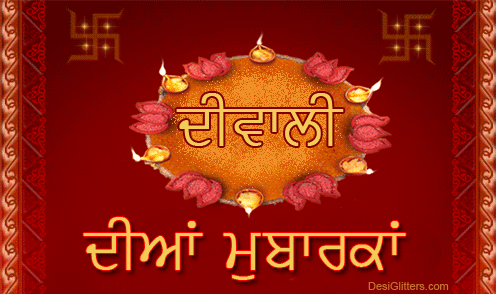
The Significance of Holi: A Celebration of Colors, Unity, and Revelry
Holi, the vibrant festival celebrated predominantly in India, marks the arrival of spring and is a jubilant occasion filled with colors, laughter, and a spirit of camaraderie. Also known as the Festival of Colors, Holi carries deep cultural, social, and religious significance, transcending boundaries to become a cherished festival celebrated by millions worldwide.
Holi, the vibrant festival celebrated predominantly in India, marks the arrival of spring and is a jubilant occasion filled with colors, laughter, and a spirit of camaraderie. Also known as the Festival of Colors, Holi carries deep cultural, social, and religious significance, transcending boundaries to become a cherished festival celebrated by millions worldwide.
All festivals are associated with some rituals and ways to celebrate along with worshipping the Gods. Holi is a festival of colours, fun and enthusiasm. It also signifies removal of negativity and evil. During Holi we worship Lord Vishnu as he escaped his Devotee Prahlad from the atrocities of his demon father. Holi is not only about playing with colours and water there are so many rituals and ceremonies that are associated with the Holi celebrations.
Holi has its unique ways to celebrate in different regions. For example the famous Lathmar Holi of Barsana, and Flower Holi of Mathura, Vrindavan and Gokul are known worldwide for their uniqueness. Apart from it Holi also encourages good health and fortune as it ends the laziness of winter and rejuvenates the enthusiasm of spring.
Historical and Mythological Roots
The roots of Holi can be traced back to various mythological stories and historical events, each adding layers of significance to the festival.
One of the most popular legends associated with Holi is the tale of Prahlada and Hiranyakashipu from Hindu mythology. Prahlada, a devotee of Lord Vishnu, was protected by the divine when his father, the demon king Hiranyakashipu, attempted to kill him. Holika, Hiranyakashipu's sister, attempted to burn Prahlada alive, but instead, she herself was consumed by fire. This event symbolizes the victory of good over evil, with the burning of Holika representing the triumph of virtue over malevolence. The night before Holi is celebrated as Holika Dahan, where bonfires are lit to commemorate this legend.
Another popular mythological tale linked with Holi is the love story of Lord Krishna and Radha. Krishna, known for his mischievous nature, is said to have popularized the tradition of playing with colors by applying them on Radha and other gopis (cowherd girls). The playful acts of Krishna and Radha have become symbolic of the joyous and exuberant spirit of Holi.
Celebrating Unity and Diversity
Holi transcends barriers of caste, creed, and status, promoting unity and harmony among people. During this festival, social norms are temporarily set aside as people from all walks of life come together to revel in the festivities. The colorful powders, known as gulal, erase differences and foster a sense of equality and inclusivity, where everyone is equal under the riot of hues.
In addition to its cultural significance, Holi also serves as a reminder of the importance of forgiveness and reconciliation. It provides an opportunity for individuals to mend broken relationships, let go of grudges, and start anew. The throwing of colors is not merely a playful act but also a symbolic gesture of burying the hatchet and embracing forgiveness.
It is believed that Pyre lit on Holi cleanses the surroundings and purifies the environment. It kills negative vibes and enhances joy and happiness. It is scientifically proven that Holi pyre kills the microscopic organisms present in the surroundings and in our bodies. When people do Parikrama around the pyre it purifies their bodies too. The enthusiasm and enjoyment of the Holi aids our minds and relaxes our boys’ systems. Holi played with natural colours leaves a good impact on the skin. Exfoliation after the Holi also leads to removal of dead skin cells and rejuvenates skin. That’s how Holi is not only a festival of plunder and fun but also holds great religious, social and spiritual significance along with scientific importance.
Renewal and Rejuvenation
Spring, the season of renewal and rejuvenation, coincides with the celebration of Holi. The festival marks the end of winter and the onset of spring, a time when nature comes alive with a burst of colors and vitality. Just as the earth undergoes a transformation during this season, Holi represents a time for personal renewal and rejuvenation. It is a time to bid farewell to the old and welcome the new with open arms.
Conclusion
Holi, with its rich tapestry of mythology, history, and tradition, holds a special place in the hearts of millions around the world. Beyond its colorful exterior, the festival embodies values of unity, forgiveness, and renewal, making it a cherished occasion that transcends cultural boundaries. As people come together to celebrate the vibrancy of life, Holi serves as a poignant reminder of the inherent beauty of diversity and the power of love and forgiveness to overcome adversity.








